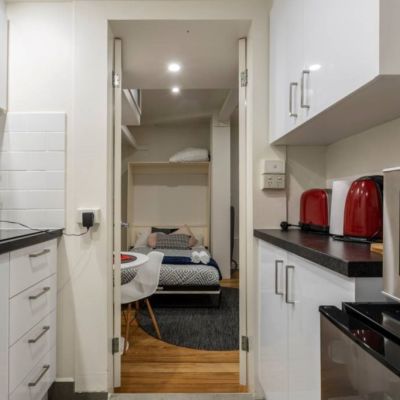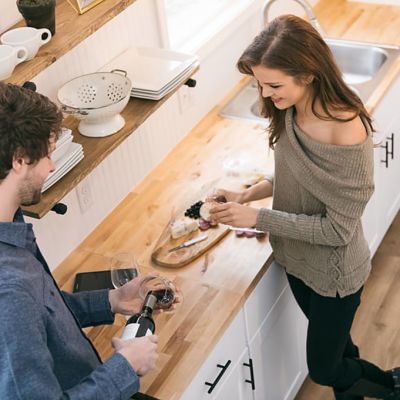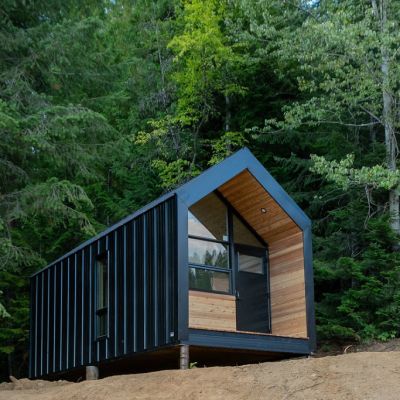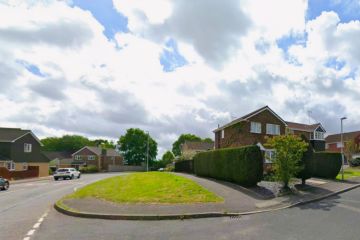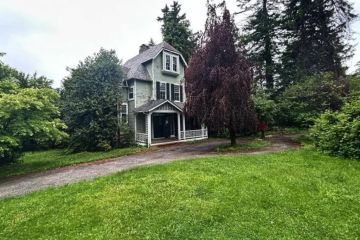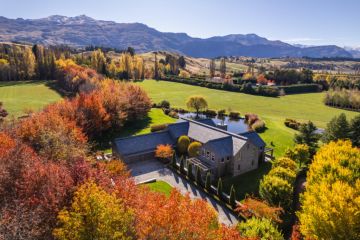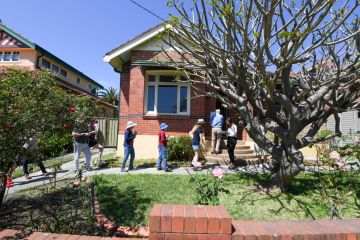Louise built her own 'tiny' house in eight months for $80k
As a child, Louise Southerden always loved her cosy cubby house in the garden of her Sydney home.
Later, when she became a travel writer, she realised when she was on assignment she didn’t need much to keep her happy.
Then, after staying in a little isolated cabin in Norway, she came up with the idea of creating her own tiny home back in Australia.
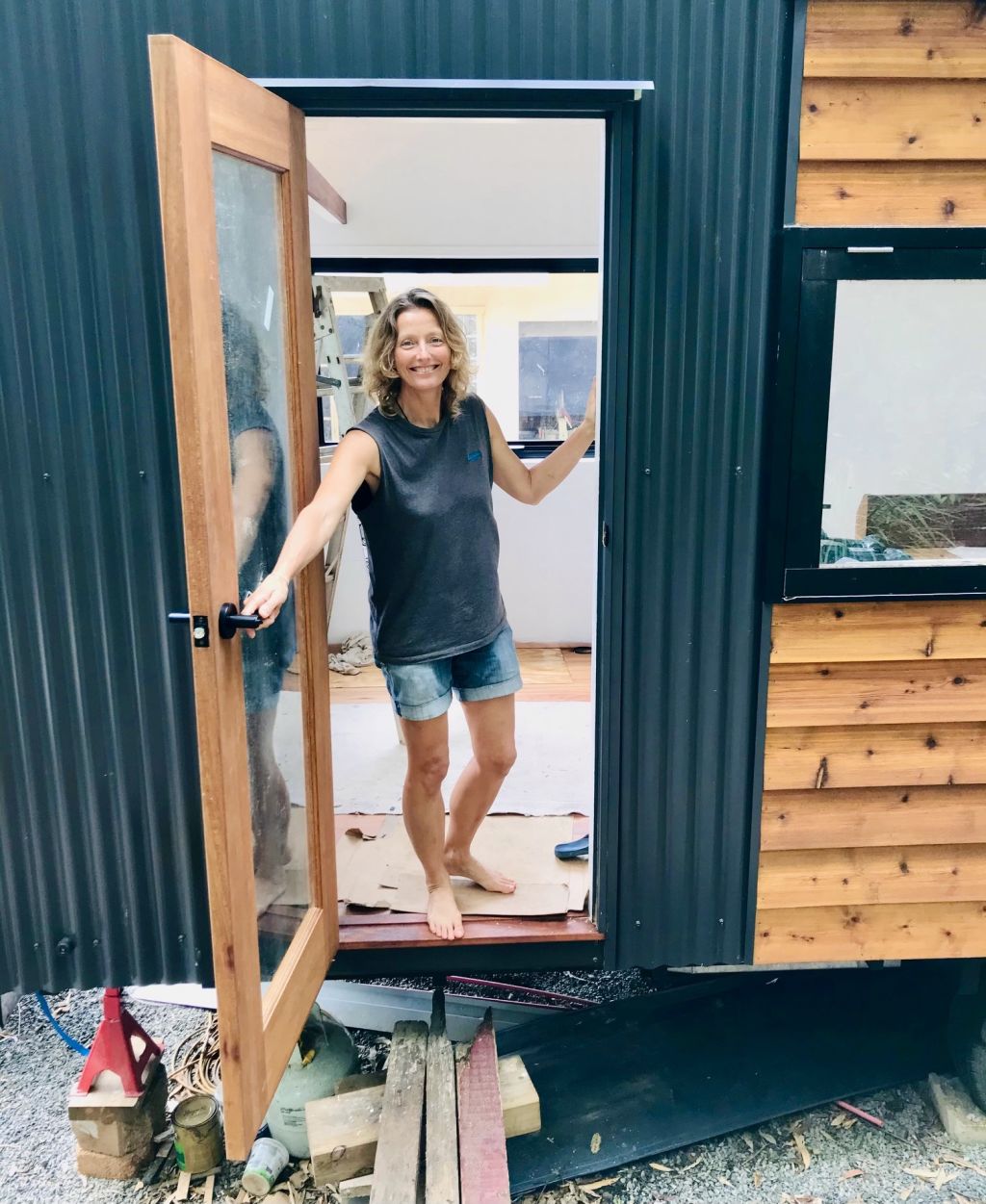
And she decided she wanted to build it herself, despite admitting she’d “never held a power tool.”
The small properties on wheels have become increasingly popular over the past few years, and not just for weekends away.
Of course as a freelancer, the affordability of the way of living was a big attraction for the now 59 year-old, too.
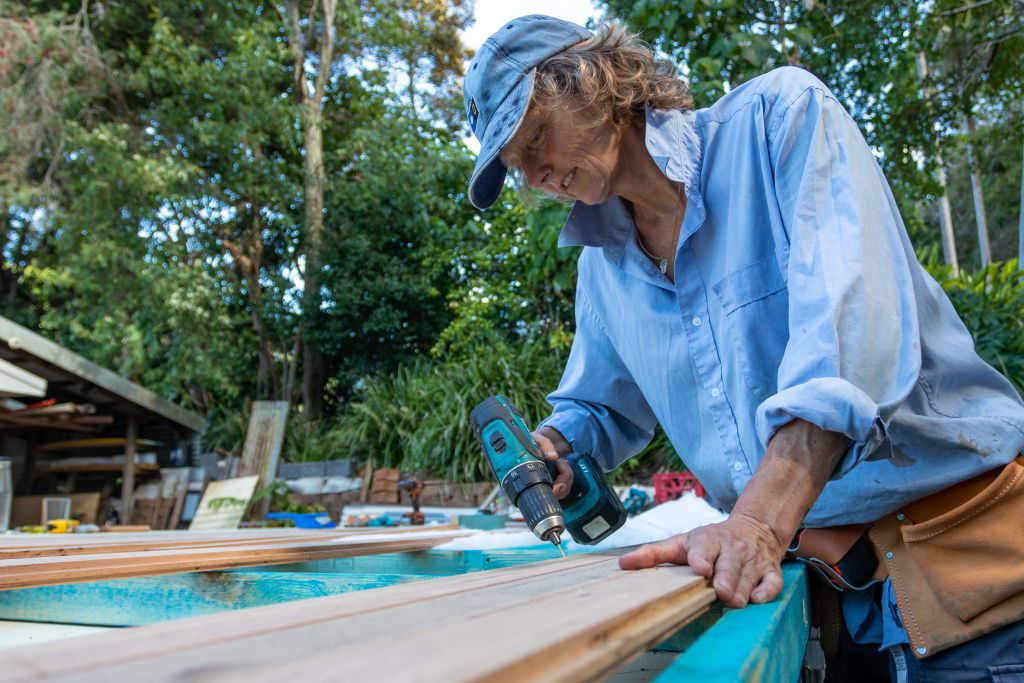
When not travelling, Southerden was renting a studio in New South Wales, but felt insecure, and rents were rising.
“I’ve always read adventure stories about people living in huts in big, wild landscapes, and I love the idea of that,” she told Nine.
“On a practical level, living in a small space was more affordable and more sustainable.
“Once I started looking into tiny houses, and I realised you could build one yourself, that really appealed to me as a kind of adventure.”
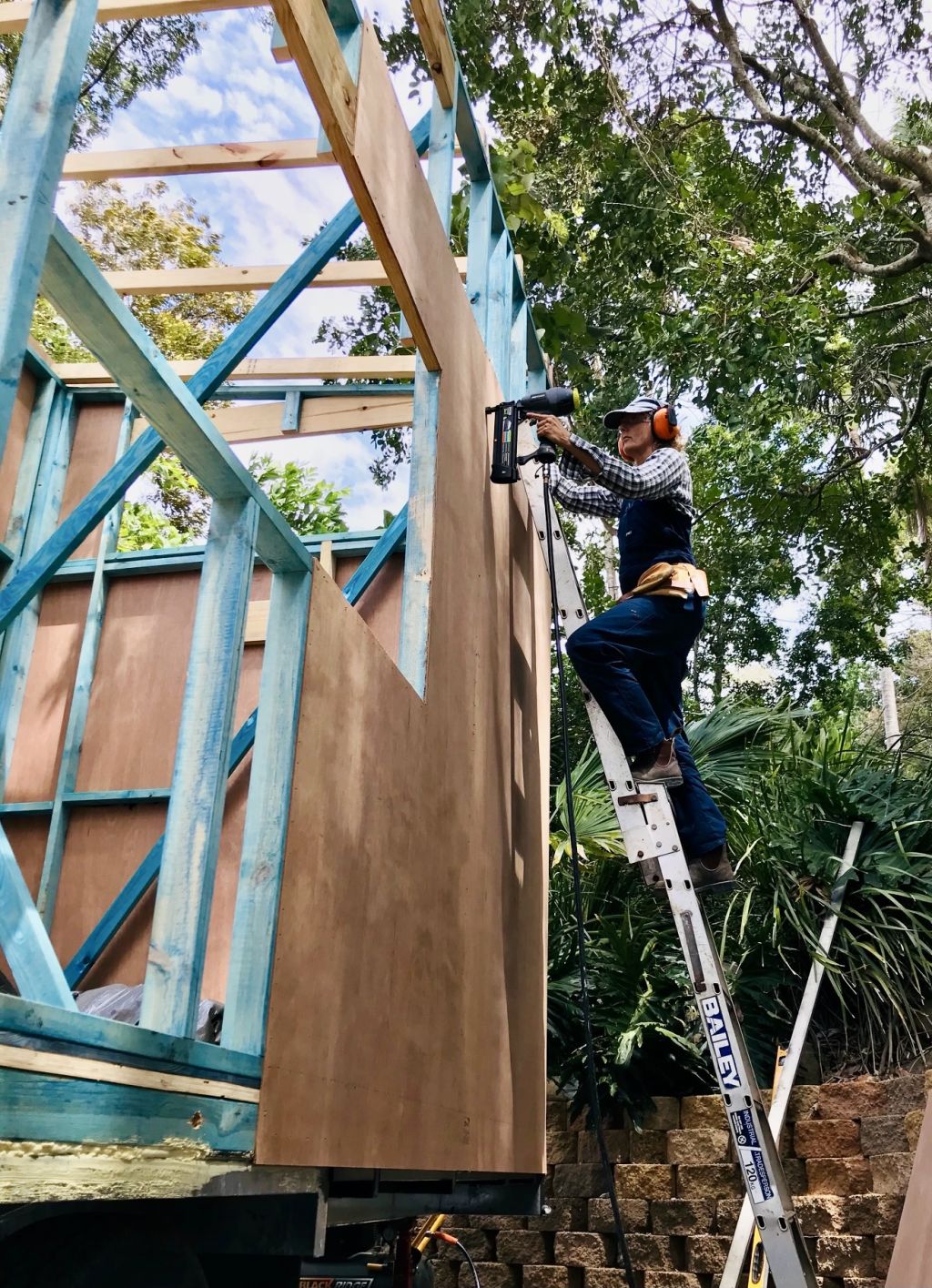
Southerden did extensive research including staying in various tiny houses around Australia and sketching plans on paper.
And after months of refining her design, she set about building her “tiny”.
The first step was to buy the purpose-built trailer – also the most expensive part – then create the structure on top of that.
She did this during COVID-19 lockdowns when she couldn’t work.
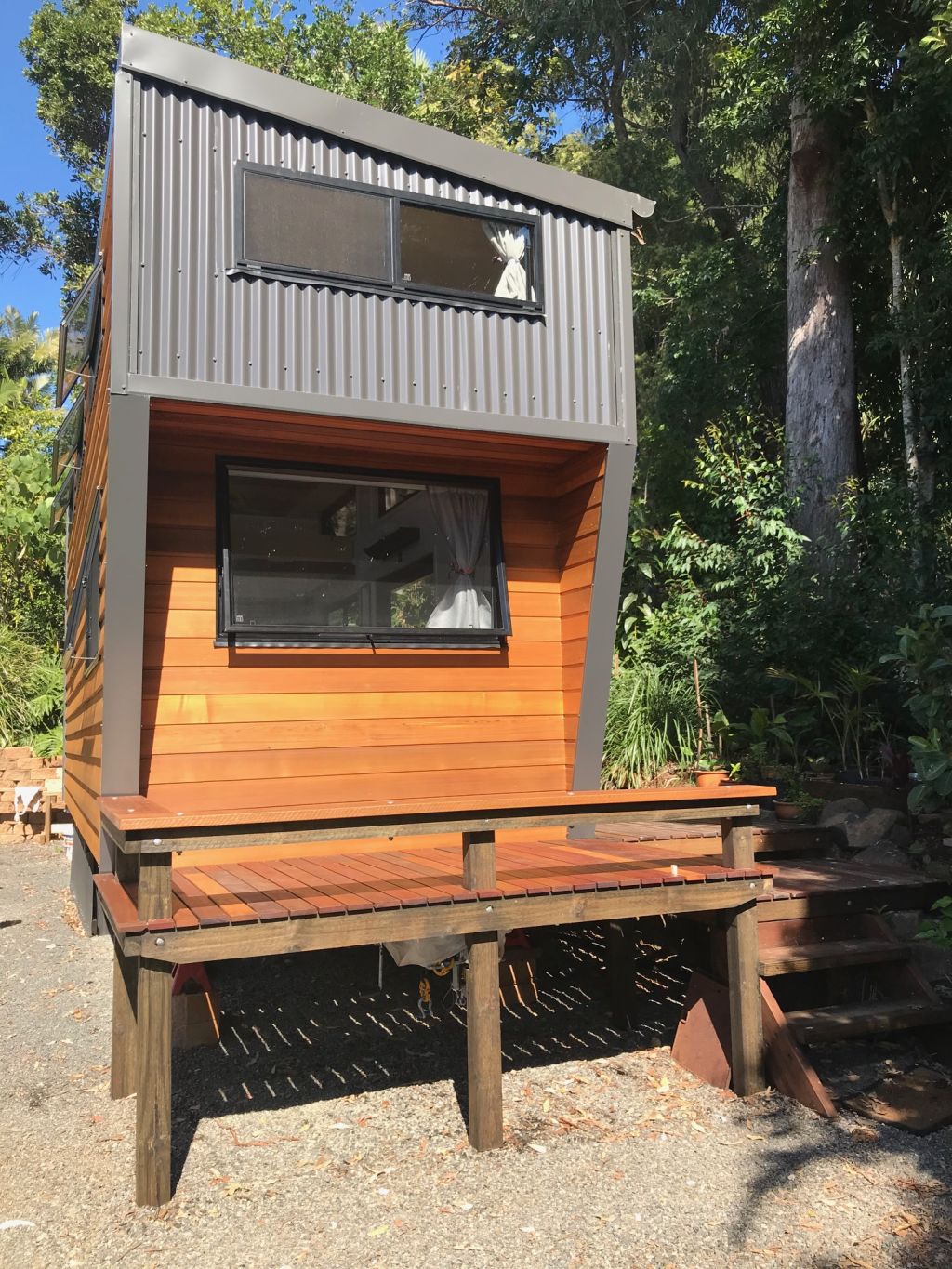
Although she did a woodwork course, she admits the learning curve was “so steep it was almost vertical”.
“I didn’t even know how to hold the hammer properly,” she admits.
Her partner at the time, Max, and builder friend George helped – despite never having built a tiny house.
An extra challenge came when her relationship with Max began to breakdown.
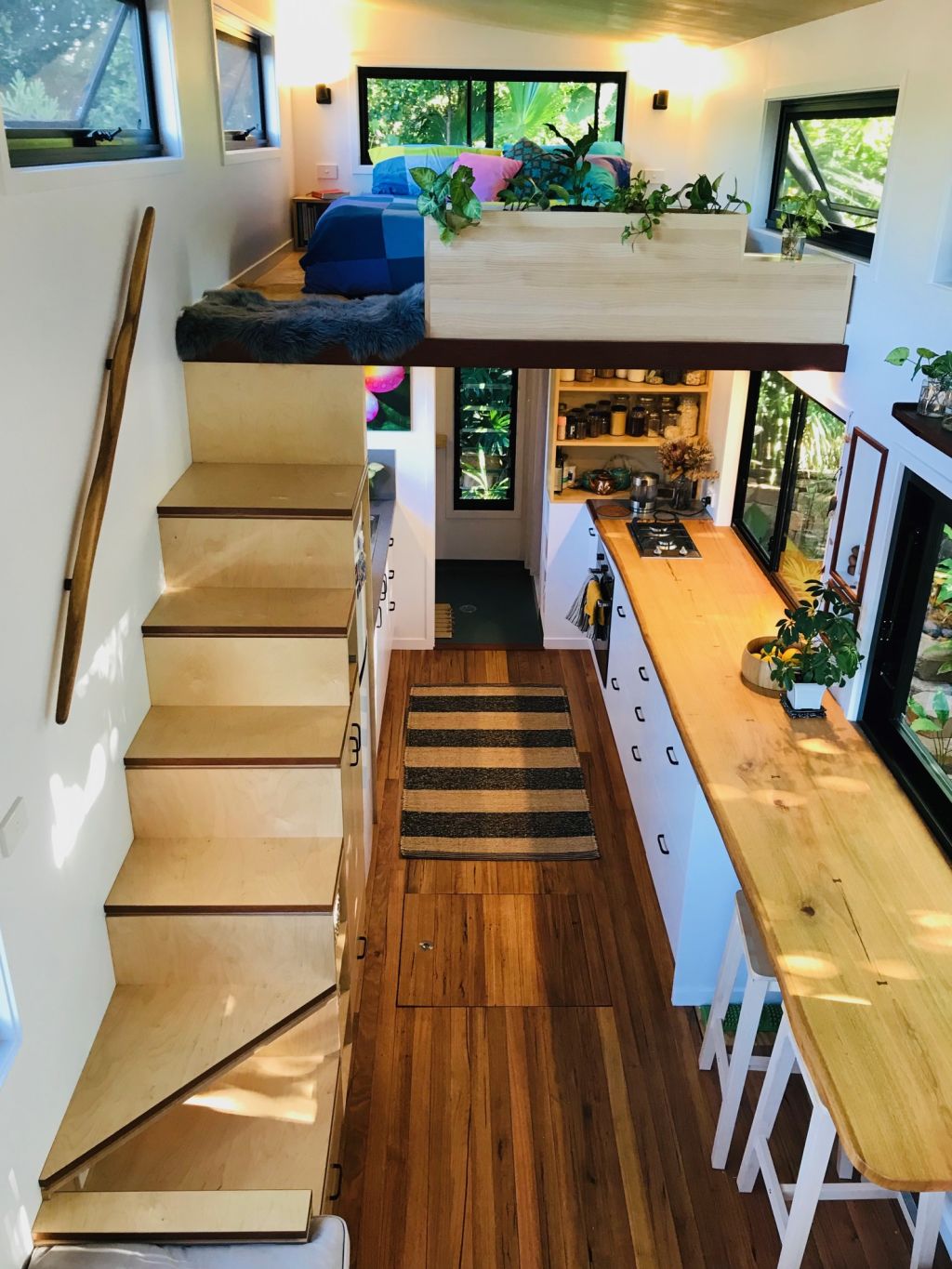
But still the couple persevered and completed the home, which has 25 square metres of space including two lofts, in about eight months.
“The building itself I found was really fun and exciting,” Southerden said. “I’ve always loved learning new things.”
She now lives in the home on rented land in northern NSW.
“I love it,” she said.
Southerden admits you do have to be vigilant about the belongings you gather because of the limited space. That’s the only thing she really misses, especially when it’s raining.
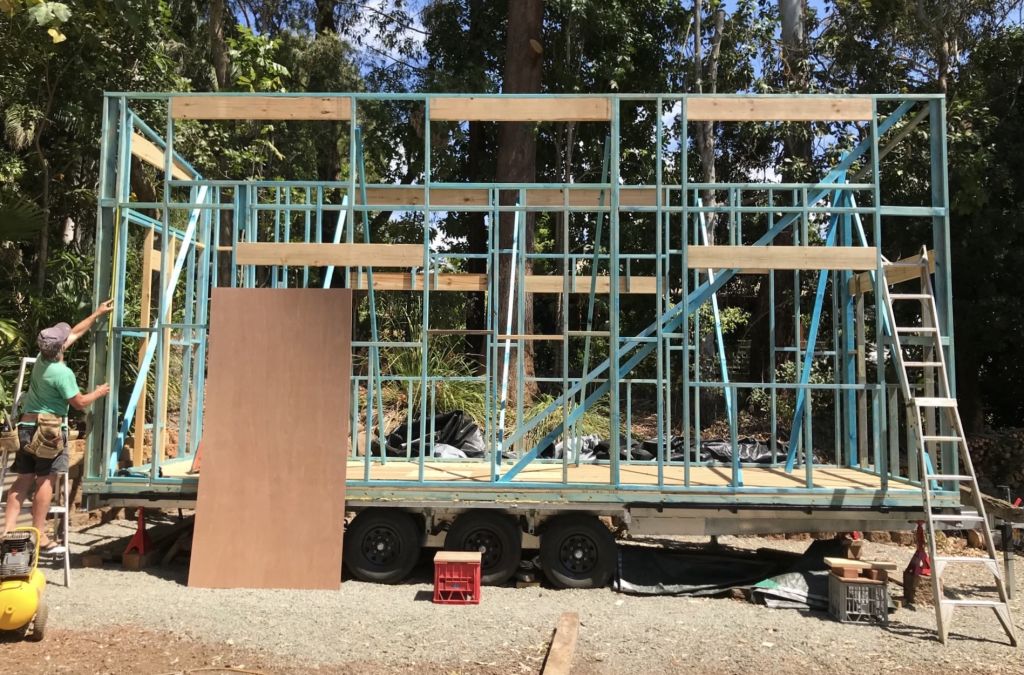
“In a tiny house, you run out of space to hang wet things pretty quickly and sometimes I’d like a bit more room to do yoga,” she said.
But she says she’s much closer to nature than in a house. Plus, although she’s not completely off grid, she watches her power and water use far more than she used to.
Southerden believes Australian governments should make it easier for people to live in tiny homes amid the housing crisis.
“In the current housing situation, and in terms of reducing our footprint on the planet, tiny houses just make so much sense,” she said.
Southerden has written a memoir about the experience of building her home as her relationship unravelled.
Tiny: A Memoir About Love, Letting Go and a Very Small House, by Louise Southerden is out on July 30.
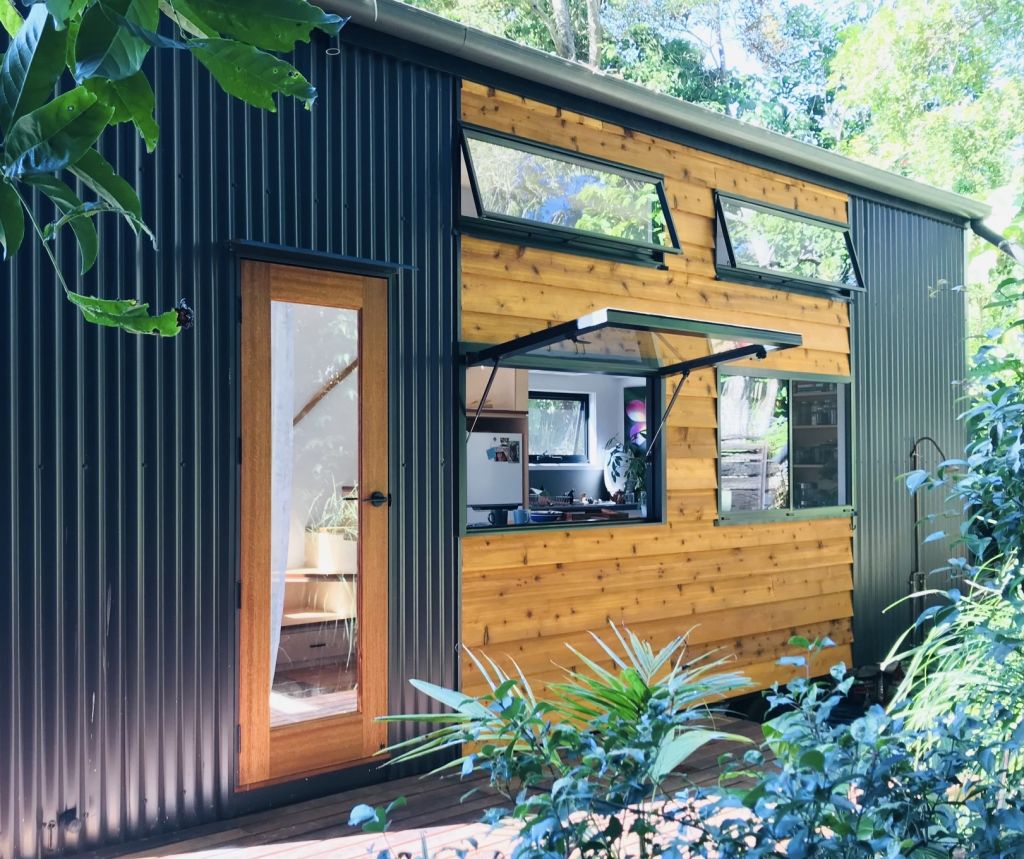
What is a tiny house and what are the rules?
The Australian Tiny House Association defines them as “a moveable dwelling suitable for permanent residential use with self contained amenities and services and the option to be grid connected”.
It is pushing for tiny houses to be recognised to make it easier for Aussies to live in them.
Rules surrounding tiny houses differ within local council areas.
The NSW Department of Planning, Housing and Infrastructure confirmed tiny homes are “not defined in NSW legislation”.
“A tiny home could be a caravan, manufactured home or even a building depending on where and how it is built,” a spokesman said.
“Currently any caravan or campervan can be installed permanently on private land if it is to be occupied by a member of the household.”
However, the rules are being more defined in some areas.
Mount Alexander Shire in Victoria has removed the need for a permit for tiny houses.
Esperance in WA has also come up with rules to recognise them.
City of Port Phillip Council in Victoria approved one a few years ago for the first time, and Ballina in Northern NSW has also said it is looking at reviewing controls.
We recommend
States
Capital Cities
Capital Cities - Rentals
Popular Areas
Allhomes
More
- © 2025, CoStar Group Inc.
